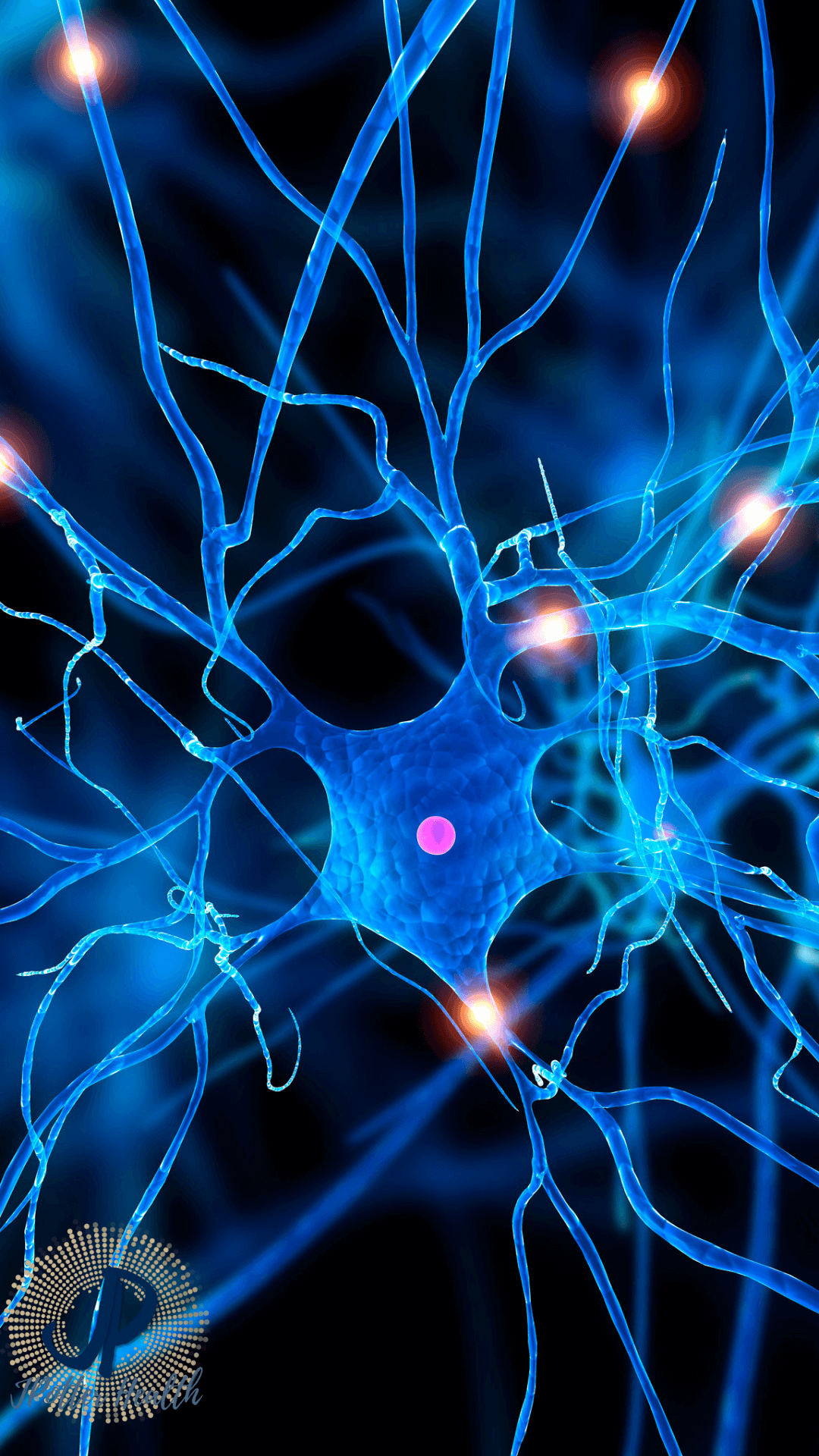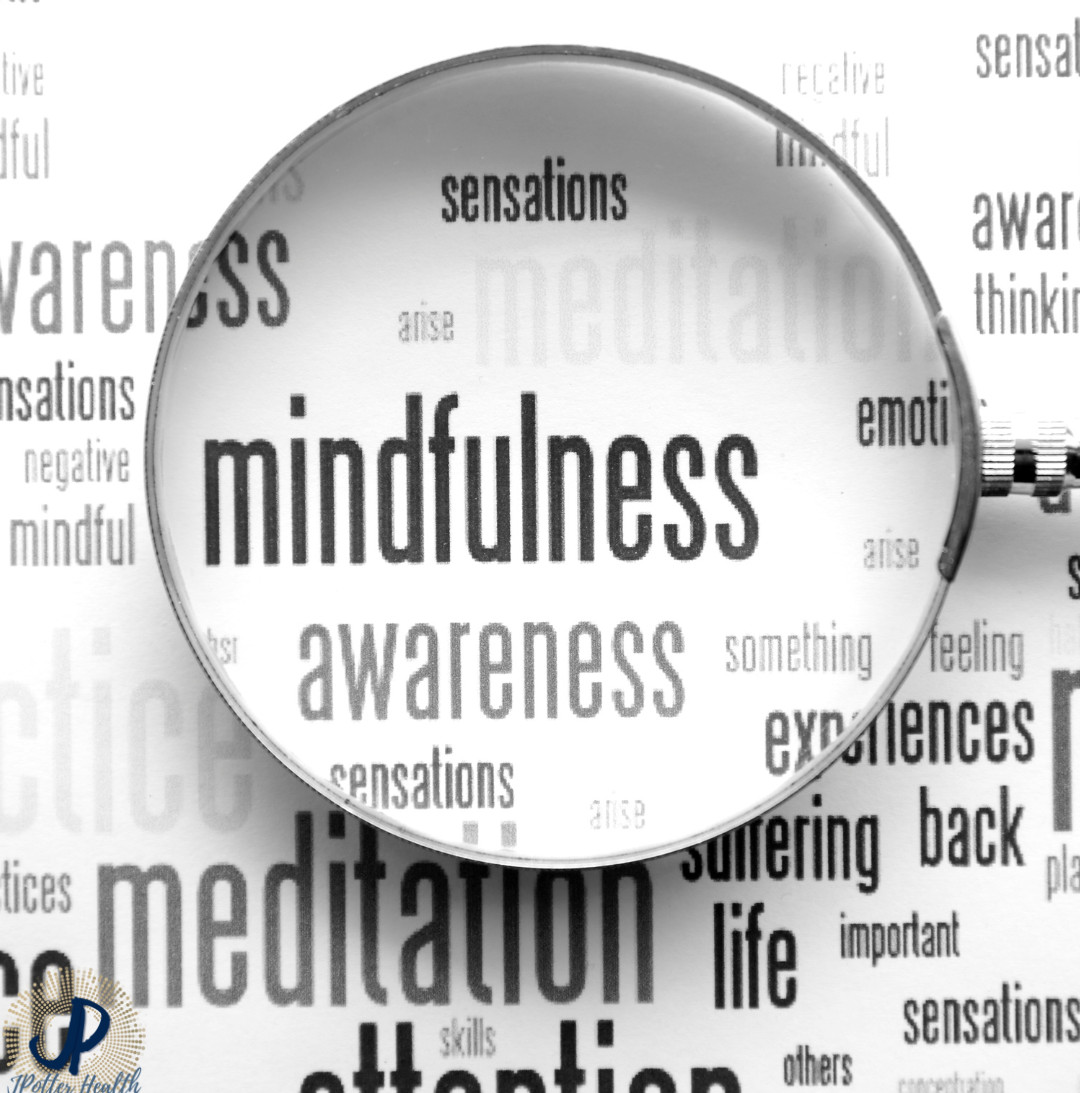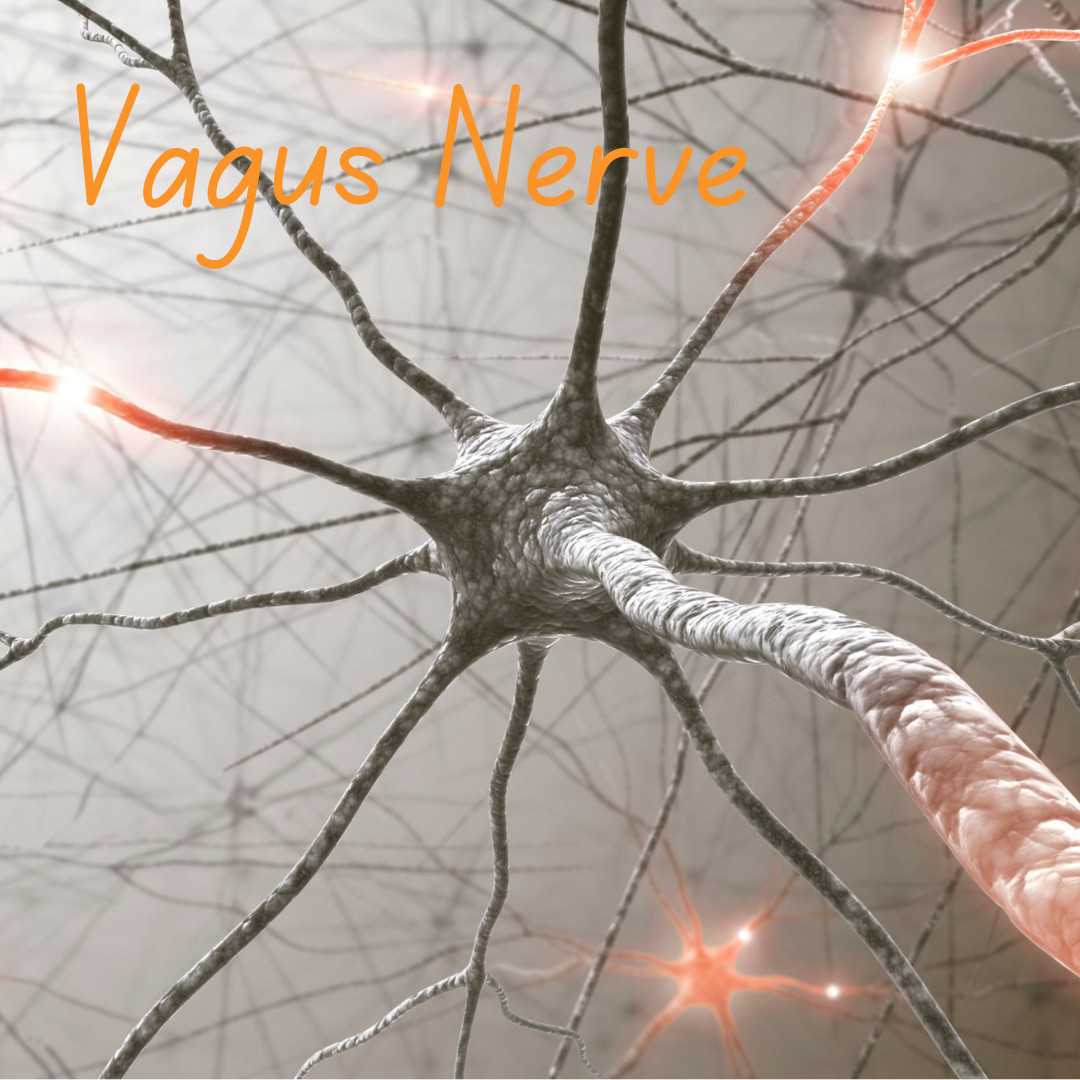
 In the intricate and marvelous world of human anatomy, a single nerve plays a crucial role in regulating our stress response. Meet the vagus nerve, an essential component of our autonomic nervous system. While this nerve is often overlooked, its significance cannot be overstated. In this article, we will explore the science behind the vagus nerve and its unparalleled ability to calm our fight-or-flight mechanism, offering new insights into managing stress and promoting relaxation.
In the intricate and marvelous world of human anatomy, a single nerve plays a crucial role in regulating our stress response. Meet the vagus nerve, an essential component of our autonomic nervous system. While this nerve is often overlooked, its significance cannot be overstated. In this article, we will explore the science behind the vagus nerve and its unparalleled ability to calm our fight-or-flight mechanism, offering new insights into managing stress and promoting relaxation.The Vagus Nerve: Anatomy and Function
The vagus nerve, scientifically known as the cranial nerve X, is the longest and most complex of all cranial nerves. Arising from the medulla oblongata in the brainstem, it courses throughout the body, reaching various organs including the heart, lungs, digestive tract, and even the vocal cords.
This remarkable nerve functions as the primary communicator between the brain and the rest of the body. Its main purpose is to regulate the parasympathetic nervous system, which oversees various bodily processes during times of rest, relaxation, and digestion. Among its numerous roles, the vagus nerve helps lower heart rate, control breathing, improve digestion, and promote the release of feel-good hormones.
Calming the Storm: The Vagus Nerve and the Fight-or-Flight Response
When faced with a perceived threat, our fight-or-flight response is triggered, leading to a cascade of physiological changes. While this response is vital for survival, frequent and prolonged activation can have detrimental effects on our health. Here lies the vagus nerve's remarkable ability to intervene and restore calm.
The vagus nerve acts as a regulator, counterbalancing the sympathetic nervous system's response during times of stress. Through the release of acetylcholine, a neurotransmitter, the vagus nerve actively inhibits the stress response by reducing heart rate, promoting restful digestion, and allowing the body to conserve energy. This unique mechanism helps us return to a state of equilibrium, enabling us to think more clearly and respond to challenges effectively.
Furthermore, recent scientific research has shown that stimulating the vagus nerve, for instance through deep breathing exercises or meditation, activates the "vagal brake." This phenomenon further amplifies the nerve's calming effect, reducing anxiety and promoting overall well-being.
Harnessing the Power of the Vagus Nerve
With the growing understanding of the vagus nerve's potential, numerous techniques can be employed to enhance its function and alleviate stress. Deep breathing exercises, such as diaphragmatic breathing or alternate nostril breathing, trigger the vagus nerve's response, promoting a sense of calm and relaxation. Similarly, practices like meditation, yoga, and mindfulness have been shown to increase vagal tone, helping individuals better manage their fight-or-flight response.
As we delve deeper into the fascinating world of human anatomy, the vagus nerve emerges as a silent hero in our quest for stress management. Understanding its role in calming the fight-or-flight response offers us an empowering tool to navigate life's challenges with grace. By implementing simple techniques to stimulate the vagus nerve, we can cultivate a state of balance, unlocking our body's innate ability to relax, heal, and thrive.











